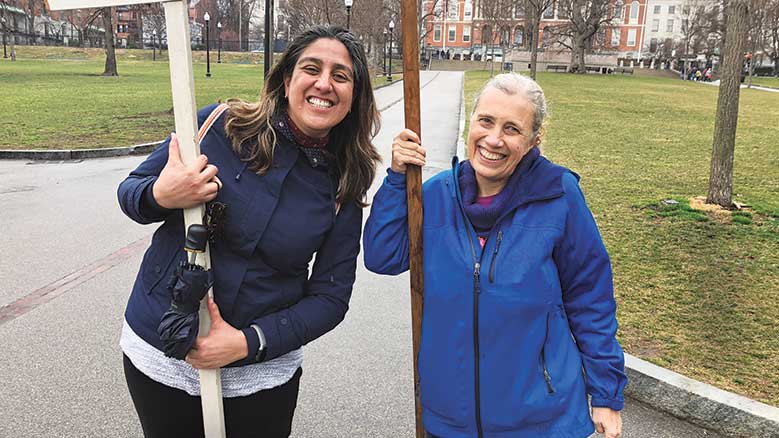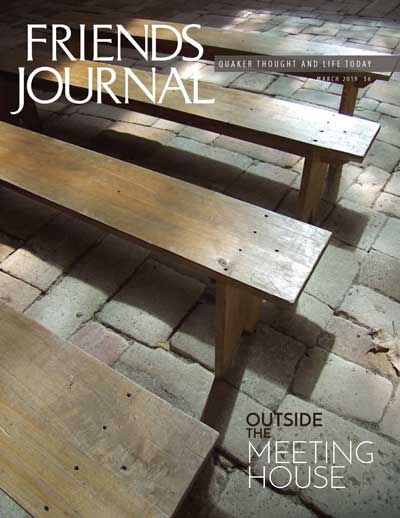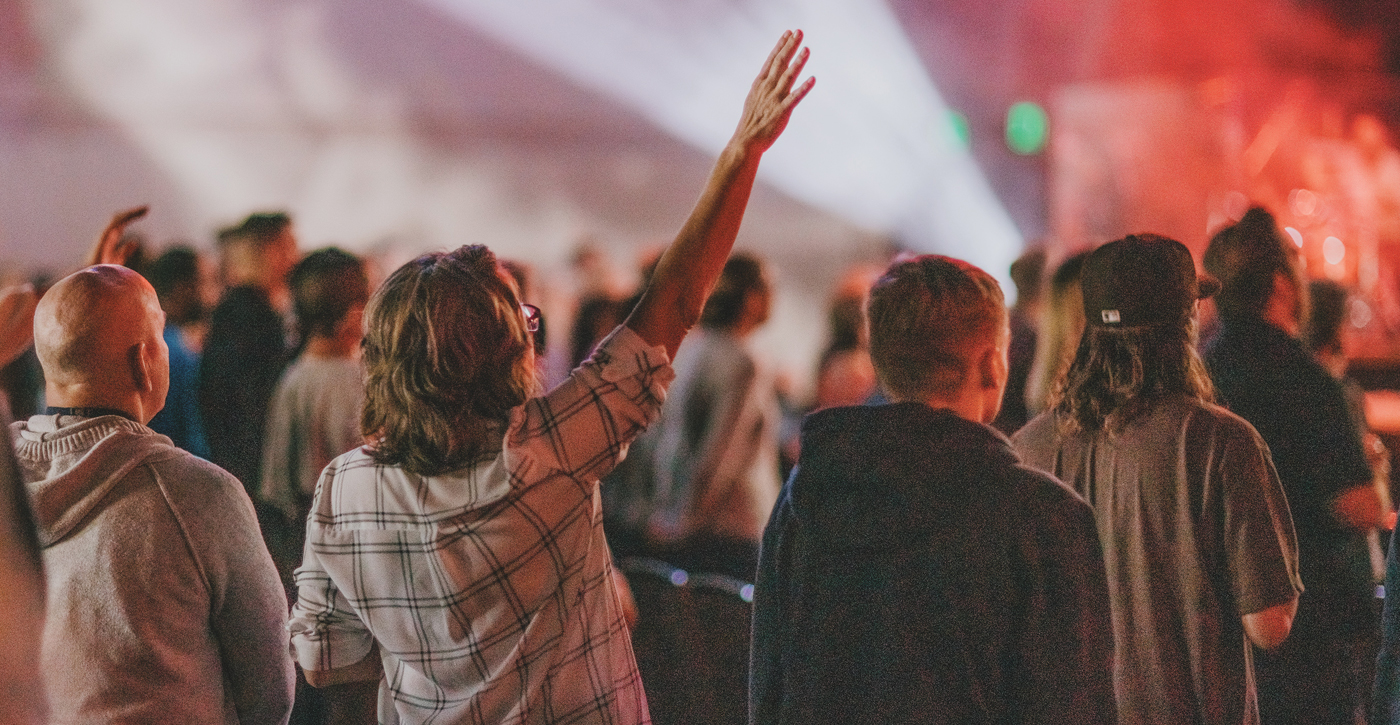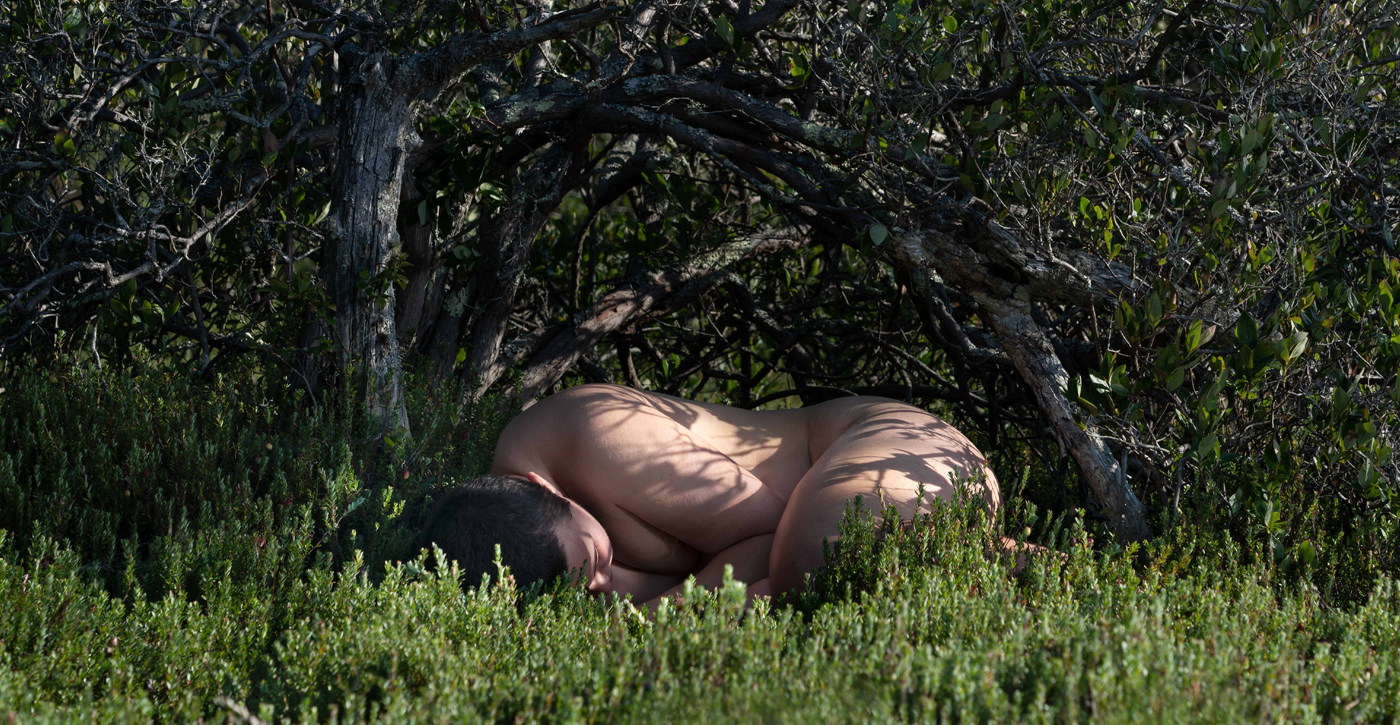
Mohandas Gandhi practiced experiments with truth; likewise, I want to share my experiments with worship. I reveal these experiments with the spirit of adventure, not to prescribe a new recipe for Quaker worship.
In 2011 out of desperation, I initiated having worship in the streets of Boston. Yet another Black youth was murdered, and I was clueless on how to bring Divine Love to the endless cycle of hate. I invited a few Friends to walk with me one morning near the sites of recent murders. We called the ministry Walk on Holy Ground, and we prayed while walking, and held hands when we found the murder site.
At times the Walk on Holy Ground emerged as communion in action. Parts of the walk were full of grace and beauty. The queries are different when worshiping outside a sheltered meetinghouse. Thomas Kelly describes a gathered meeting as occurring when “A blanket of divine covering comes over the room; a stillness that can be felt is over all.” When walking in worship the Spirit is under us, within us, and surrounding us; Spirit is in feet pressing onto root; Spirit is in the sounds of a thrumming city park. Over the last 15 years, my experiments in worship have included Walk for a New Spring, the pilgrimage of the Middle Passage, walking along gas pipelines, and pilgrimages to power plants. Before tapping into aspects of Walk on Holy Ground, I want to name four other experiments with worship.
AVP groups often have 60 to 90 minutes of worship sharing within the prison walls. In the cushion of silence with 22 men, there is open time for truth-telling.
Experiment in repairing
This experimental worship happens with inmates in prisons from New York to California. I and other Friends lead weekend peace workshops in Massachusetts prisons called Alternatives to Violence Project (AVP). These conflict resolution workshops are not religious, but they are based on Quaker principles. AVP groups often have 60 to 90 minutes of worship sharing within the prison walls. In the cushion of silence with 22 men, there is open time for truth-telling. One man swears he is off cocaine, and he won’t disappoint his mother. A young father passes around the photo of his son’s fifth birthday—maybe the one photo he has for the year—and says he has stopped hating the mother of his kid. Men speak words that hold hope. Dreams, rarely spoken, lie moist in the circle. A quiet settles in the stuffy room. Redemption sings.
Experiment in freeing Earth’s biosphere
On the Energy Exodus of 2013, 60 of us (including about 12 Quakers) talked about the ten plagues and the Ten Commandments during the Jewish Exodus. In this pilgrimage, we walked from a coal-burning power plant in Somerset, Massachusetts, to a proposed off-land wind power plant on Cape Cod. We started our daily ten-mile hike with 30 minutes of Quaker worship. Starting with the Book of Genesis, Judeo-Christianity has often treated forests, fields, and rivers like objects. In this worship, I reoriented my thoughts from the urban pace of life to be with creatures. I asked Creation to teach me to need less. Most days we reflected on the Israelites’ journey out of Egypt into freedom. We are shaking off servitude to the fossil-fuel pharaoh. This walking worship opened up how the land also wants human liberation: “Let my people go.”
We witnessed to the power of God to heal the world, and the extreme peril of coal and methane extraction. We read Scripture; we argued; we sang.
Experiment in stopping carbon extraction
For a week in July 2017, 20 to 30 Quakers walked across eastern New Hampshire to Merrimack Station, the last active coal plant in New England, situated on the exquisite Merrimack River in Bow, New Hampshire. We called ourselves Rooted in Reverence. I learned names of wildflowers, like chamomile and larkspur. Beyond naming them, I saw them as neighbors sharing a sacred path. We worshiped sitting on the spur of the railroad tracks, where the next carload of coal was expected to arrive. Worshiping on the tracks made me pay minute attention to what was required of me, and how God is in control. Listening and discernment are different when Spirit is asking you to take more risk. We witnessed to the power of God to heal the world, and the extreme peril of coal and methane extraction. We read Scripture; we argued; we sang. One person fasted, and another took a vow of silence for the day. Messages came in a gritty way during worship on the tracks, while our bodies were blocking an evil enterprise.
Experiment in liberation from weapons
Friends in Cambridge, Massachusetts, approved holding monthly worship at Raytheon, a large defense contractor that builds nuclear cruise missiles. We worship alongside Fresh Pond Parkway. Children and bikes often pass near our group of 20 Friends perched on the sidewalk. We know that worship and witness feed each other. I benefit indirectly from Raytheon and the war economy. Worshiping under the shadow of its deathly brick wall is a collage of healing and of confronting my complicity in the evil. I have no solution that will liberate us from weapons, but the worship outside helps me grapple more with the truth. Friends have worshiped at the doorstep of Raytheon (including Textron) every month for eight years.
Our worship honored the victims, whoever killed them, and the entire community affected.
Experiment in grieving
This Walk on Holy Ground was a monthly worship or a guided pilgrimage to neighborhoods in Boston where there has been a concentration of homicides. Boston in 2010 had 73 murders; clearly, healing worship was needed. Over a two-hour walk, we would pass over six to eight street corners where murders had occurred. We had nine or ten names with their addresses, and we mourned the loss of life, which is our loss. In unison, we would say the name of the person, their age, and the date of the murder. After a few spoken prayers, we moved to the next site. We walked many city blocks: through parks, into houses of worship and health clinics. We did this for two years. Our worship honored the victims, whoever killed them, and the entire community affected. We would stop to talk with those waiting in front of stores or at bus stops; sometimes we would visit at a youth center. God calls me to help re-envision past pain as holy ground, a rich garden that is deeper than the blood split on asphalt.
On the walk, I was struck by wonder: surprise at the details on porch porticos and in flower beds. I smiled at crossing guards and watched the clouds bank over the courthouse. These are neighbors; this, my hometown. I loved the moving prayer within the kaleidoscope of Boston. I wore shorts, sturdy sandals, and carried a water bottle. I was alert and prepared for murals, train tracks, and sometimes baby strollers. The five of us carried no signs; we held periods of silence and stood in prayer on sidewalks where a victim died. Walking on Holy Ground was moving and prayerful. Was it worship?
Worship takes us out of the mundane and connects us with the greater whole. Can we agree that worship has little to do with the place, the time, or our concepts about God? Prayer is particular; worship is expansive. Ideally, worship includes love and discernment. The Walk on Holy Ground worship showed me strains of light that don’t occur while worshiping inside. At least Walking on Holy Ground is on the worship spectrum. I was connected to the land, the very gait of my walk reflected my internal screams over the murders. Something of the worship-in-action allowed me to see the human cruelty and imagine its transformation.
I’ve enjoyed worshiping inside meetinghouses for over 50 years, but in worshiping outside, I got real. I couldn’t hide in the silence. The walk offers the power of pilgrimage. The power in worship outside is capricious unless my focus on Spirit is unfaltering. Once during Walk on Holy Ground, we encountered a man making and selling wooden bird cages. Once we found someone gardening near tall sunflowers. Another time, near where three women were murdered, we met a Brazilian family that made floats for Boston’s Carnival parade. They thanked us for our prayers. We got to know several parents who survived the murders of their children. After we had prayed with Gwendolyn G. Weeks, the pastor at Bethel Pentecostal Tabernacle near Franklin Park, she joined us on our walk. We laid down the Walks on Holy Ground in the summer of 2013 as energy shifted to other ways of worship. Perhaps Friends could include a mix of experimental worship times alongside the traditional Sunday morning worship.
Designated worship tosses Friends in the stream of the force of love, clear as a stream of mountain snowmelt. Many Quakers go outside the meetinghouse to convert non-Friends to nonviolence but not to introduce Quaker worship. Friends’ peace testimony is wobbly without worship. Peace can’t sustain us without the humility and conviction that happens in worship. Worship carries the plant of peace to its roots. And worship is nonsectarian even nonreligious; it illuminates love to all: child, stranger, survivor, agnostic. Worship is a witness to the power that unites us in love. This is true across cultures, and across space. These experiments with worship aren’t confined to the Quaker way, but all of them include waiting worship and the expectation that we can find God completely in all places.
All of these experiments with worship hold a bright promise that expands the horizon. When we worship outside, we add elements of the unknown; plus, we can expect messiness or discomfort. The unexpected calls for courage and trust. Worshiping outside the meetinghouse jettisons us into the fleshy arms of the living, jaunty, evolving Holy Being.
In 2012 I blogged about walking the street where three friends (all 22 years old) were murdered:
And like the birds, I weave through the world. . . . [Spirit] tells me that killing three beautiful women came from hopelessness. Willowy women whose arms and legs dance with the wind and who were cut down by revenge. No revenge stirs the glistening cedar tree. Hate lives outside of holiness, outside of love. The clouds rise like skyscrapers in the fecund sky. The jay, in a ribbon of blue, flies with grace.
And after visiting the site of another streetside murder that summer, I wrote:
I pray and worship. We send our prayers deep into the ground, into the bones of the earth. The Holy Ground where the children still shout and chase each other, where the healing starts as a whisper and ends exuberantly, “Hallelujah, I’m alive.”







This is revolutionary thinking, dangerous. Does it point to a break out from our enclosing traditions, toward politically active Quakerism?
Thank you for this beautiful reminder that worship can be every moment and every place. I love the practice of bringing our Quaker worship outside in public!